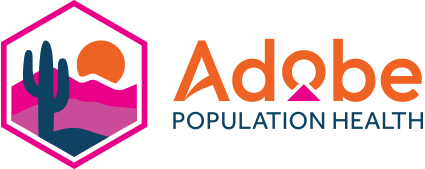Navigating the healthcare landscape is often arduous, complex, and confusing. However, having the correct coverage is essential to one’s health outcomes. In this blog we’ll discuss basic information to know about the annual enrollment of Medicare and Medicaid programs. We’ll breakdown the differences between the two, clarify who is eligible and when enrollment should happen.
What is Medicare?
Medicare is a national health insurance program that began in 1965 under the social security administration. It was primarily set up to provide health insurance to those aged 65 years and older. However, Medicare is also available to people with disability status who do not fall under this age bracket, but each case is qualified by social security. Medicare benefits are divided into four parts i.e. A, B, C, and D.
These parts include hospital coverage, both inpatient and outpatient services, prescription drugs etc. There are some prerequisites with the coverage of each part. Here is a breakdown of each:
- Medicare Part A: provides inpatient/hospital coverage
- Medicare Part B: provides outpatient/medical coverage
- Medicare Part C: provides an alternative way to receive Medicare benefits. Medicare Part C is also called Medicare Advantage Plan. Recipients still have Original Medicare if they enroll in a Medicare Advantage Plan. All recipients must enroll in Parts A and B before signing up to Part C. The Medicare Advantage Plans often have network restrictions. However, the plans can also provide additional benefits, which are not offered by the Original Medicare Plan, such as routine dental and vision.
- Medicare Part D: provides prescription drug coverage
If you are currently reviewing your Medicare benefits or wanting to learn more, you can find the 2022 health and drug plans here.
What is Medicaid?
Medicaid (AHCCCS is Arizona’s Medicaid Agency) is a federal and state ran program providing coverage to more than 72.5 Americans, including seniors and it’s the single largest source of coverage in the country. Under the Affordable Care Act of 2010, Medicaid was expanded to cover almost all low-income individuals under 65 years of age and most states chose to expand adult coverage too. Eligibility for Medicaid is established under the following criteria:
- Financial eligibility
- Non-financial eligibility
- Medically needy
If an individual is denied Medicaid, the state must provide that individual with the opportunity to request a fair hearing. The given state has options regarding how they structure their appeals process. Under the Intergovernmental Cooperation Act of 1968, appeals may also be delegated to another state agency, if that state acquires approval from CMS.
Many seniors living in nursing homes are dual eligible, meaning they qualify for Medicare based on their age, and Medicaid because of their financial circumstances.
When should I enroll?
It’s currently open enrollment season now through December 7th for Medicare. Prior to enrolling, it is important to know and understand the costs involved with the various coverage options. Before enrolling, we recommend reviewing and comparing specific costs for each plan via the Medicare Plan Finder. There are several ways seniors can secure support to help cover the costs. Please see information below:
- Medicaid – many seniors qualify under the financial eligibility criteria, as we previously discussed.
- Medicare Savings Programs – the state savings programs help with premiums, deductibles, co-insurance, co-payments and the costs of prescription drugs.
- PACE – the Program of All-inclusive Care for the Elderly, helps individuals meet healthcare needs in the community. It is a Medicare/Medicaid program. As of January 2021, PACE is now available in 31 states. However, Arizona does not currently participate. To learn more about the program and if you state qualifies, click here.
- Supplemental Security Income (SSI) – the monthly benefit is for individuals 65 years and older with limited income, a disability, blindness or children with a disability or blindness. These benefits are NOT the same as social security retirement or disability benefits.
Recent reports also suggests that efforts to increase marketplace enrollment during open enrollment could boost Medicaid coverage too. Learn more here and get a better understanding as you begin the enrollment process.

